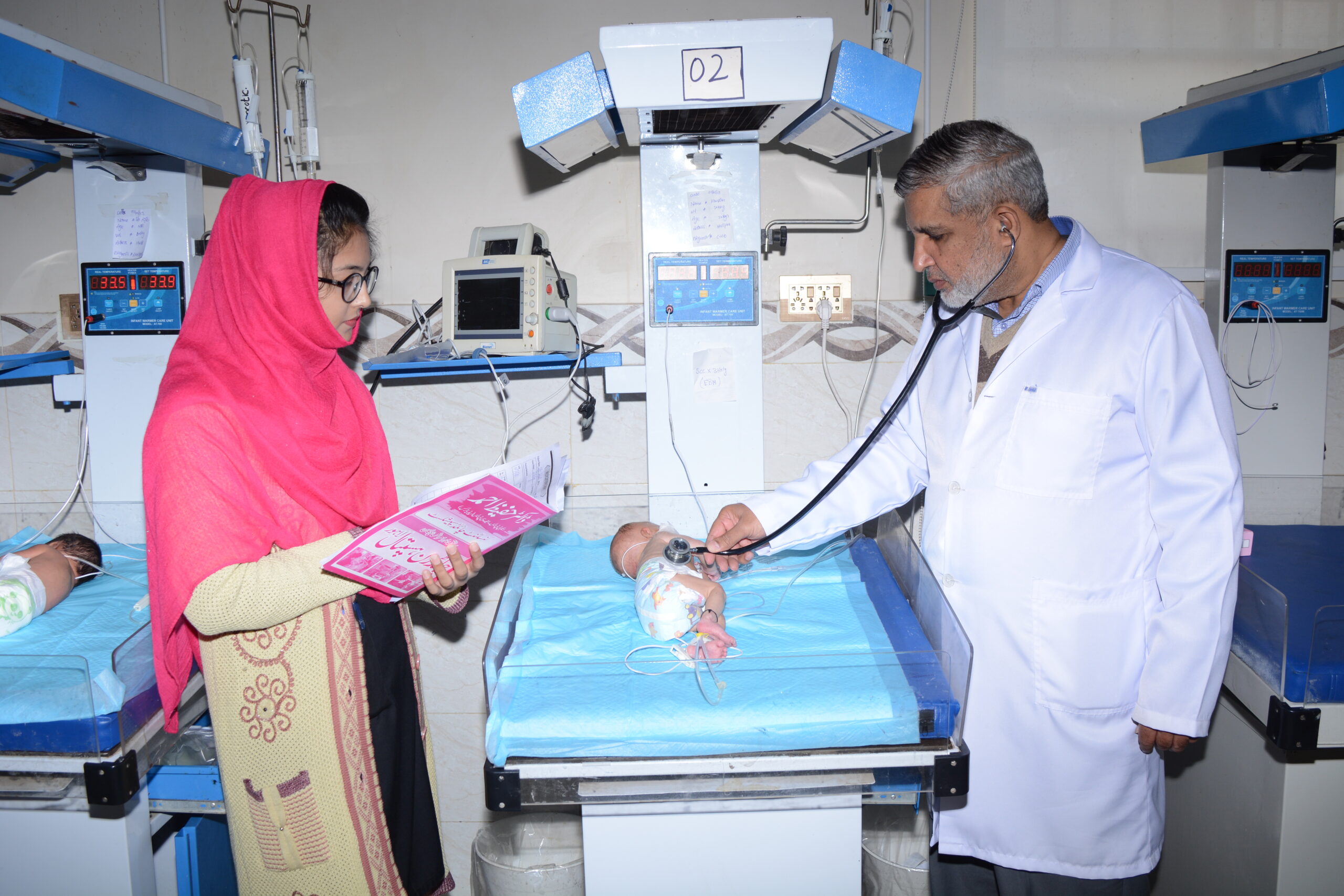What Causes Hemoptysis?
Patient Presentation
A 10-year-old male came to the emergency room with a history of 24 hours of fever, chills, muscle aches, headache, rhinorrhea and cough. The cough was described as wet and would come frequently but had not caused spasms of coughing. He was now having chest pain and had coughed up blood twice in the past hour. The parents described it as soaking his pillowcase with a 5 inch circle of blood. They said it was fresh blood and did have some mucous in it. They described it as like a spot for a nosebleed only larger. The patient said that the fluid had come out of his mouth and not his nose. He also said that since this had happened he had been more nauseated.
The past medical history showed no bruising or bleeding problems, no pulmonary problems and he had otherwise been well. He was current with his immunizations but had not yet received his seasonal influenza vaccine.
The family history was negative.
The pertinent physical exam showed an anxious male sitting up. His heart rate was 94/min, respiratory rate of 32/min and mildly dyspneic, blood pressure 102/60, pulse oximeter of 89-91% on room air. His eyes were glassy. His nose had copious clear rhinorrhea that was also seen in oropharynx. His oropharynx was normal. His lungs had diminished breath sounds at the bilateral bases. There was no wheezing, rales or rubs noted. There was no tracheal tugging but there were some mild intercostal retractions. He said that his sternum hurt with coughing and was reproducible on exam. He had no other areas of chest pain. His heart, abdomen and rest of his examination was normal.
The diagnosis of probable hemoptysis in the setting of an acute respiratory illness was made. He was started on oxygen by face mask with improvement of his oxygenation to low 90s. The radiologic evaluation of a chest radiograph showed prominent interstitial markings at the bases but no obvious focal infiltrate. The laboratory evaluation included a complete blood count which had increased lymphocytes, his C-reactive protein and erythrocyte sedimentation rate were mildly elevated. His bleeding profile and urinalysis were normal. A respiratory viral panel was positive for Influenza A. The patient’s clinical course revealed that he was started on anti-viral medication, continued oxygen and monitored closely. Pulmonary medicine was consulted and had no specific additional recommendations. Critical care medicine was made aware of the patient in case he had a decompensation. Over the next 24 hours he had two more episodes of hemoptysis that were smaller in volume each time. He continued to need oxygen for 3 days and was discharged home on the 4th day.
Discussion
True hemoptysis is a very uncommon or rare problem in pediatrics but can be potentially life-threatening. Massive hemoptysis has a high mortality (up to 50%) mainly from asphyxia and inability to ventilate and oxygenate the patient because of blood in the pulmonary airways. Fortunately, most hemoptysis is small in amount that resolves within 24 hours.
Initial evaluation for hemoptysis can include complete blood count, coagulation studies, C-reactive protein, erythrocyte sedimentation rate, urinalysis (possible pulmonary-renal problems), radiographic imaging including chest x-ray and/or computed tomography, and sputum studies. Treatment depends on the underlying cause and severity. Active significant bleeding and any evidence of cardiopulmonary compromise is treated aggressively. This may include bronchoscopy, ventilatory management and possible surgical treatment. Antibiotics are commonly prescribed as this is a common cause.
Learning Point
Data about the epidemiology of hemoptysis is hard to determine as it is uncommon and the causes are quite diverse. Infection is considered the primary cause but other/unknown cases also are common as a broad category. Anatomic abnormalities can be hard to identify but can cause some of the most severe bleeding and/or complications. Bleeding from other sites may cause the parent to believe the child has hemoptysis when in reality




Hey people!!!!!
Good mood and good luck to everyone!!!!!